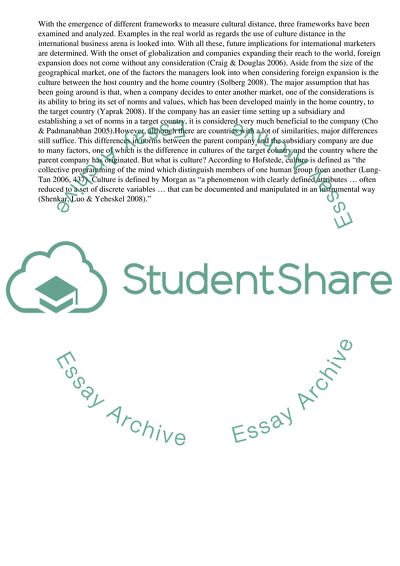Cite this document
(The Definitions, the Ways of Measuring and the Implications to Research Paper, n.d.)
The Definitions, the Ways of Measuring and the Implications to Research Paper. Retrieved from https://studentshare.org/business/1728129-cultural-distance-how-is-it-defined-how-is-it-measured-and-what-is-its-relevance-to-international-marketers
The Definitions, the Ways of Measuring and the Implications to Research Paper. Retrieved from https://studentshare.org/business/1728129-cultural-distance-how-is-it-defined-how-is-it-measured-and-what-is-its-relevance-to-international-marketers
(The Definitions, the Ways of Measuring and the Implications to Research Paper)
The Definitions, the Ways of Measuring and the Implications to Research Paper. https://studentshare.org/business/1728129-cultural-distance-how-is-it-defined-how-is-it-measured-and-what-is-its-relevance-to-international-marketers.
The Definitions, the Ways of Measuring and the Implications to Research Paper. https://studentshare.org/business/1728129-cultural-distance-how-is-it-defined-how-is-it-measured-and-what-is-its-relevance-to-international-marketers.
“The Definitions, the Ways of Measuring and the Implications to Research Paper”, n.d. https://studentshare.org/business/1728129-cultural-distance-how-is-it-defined-how-is-it-measured-and-what-is-its-relevance-to-international-marketers.


